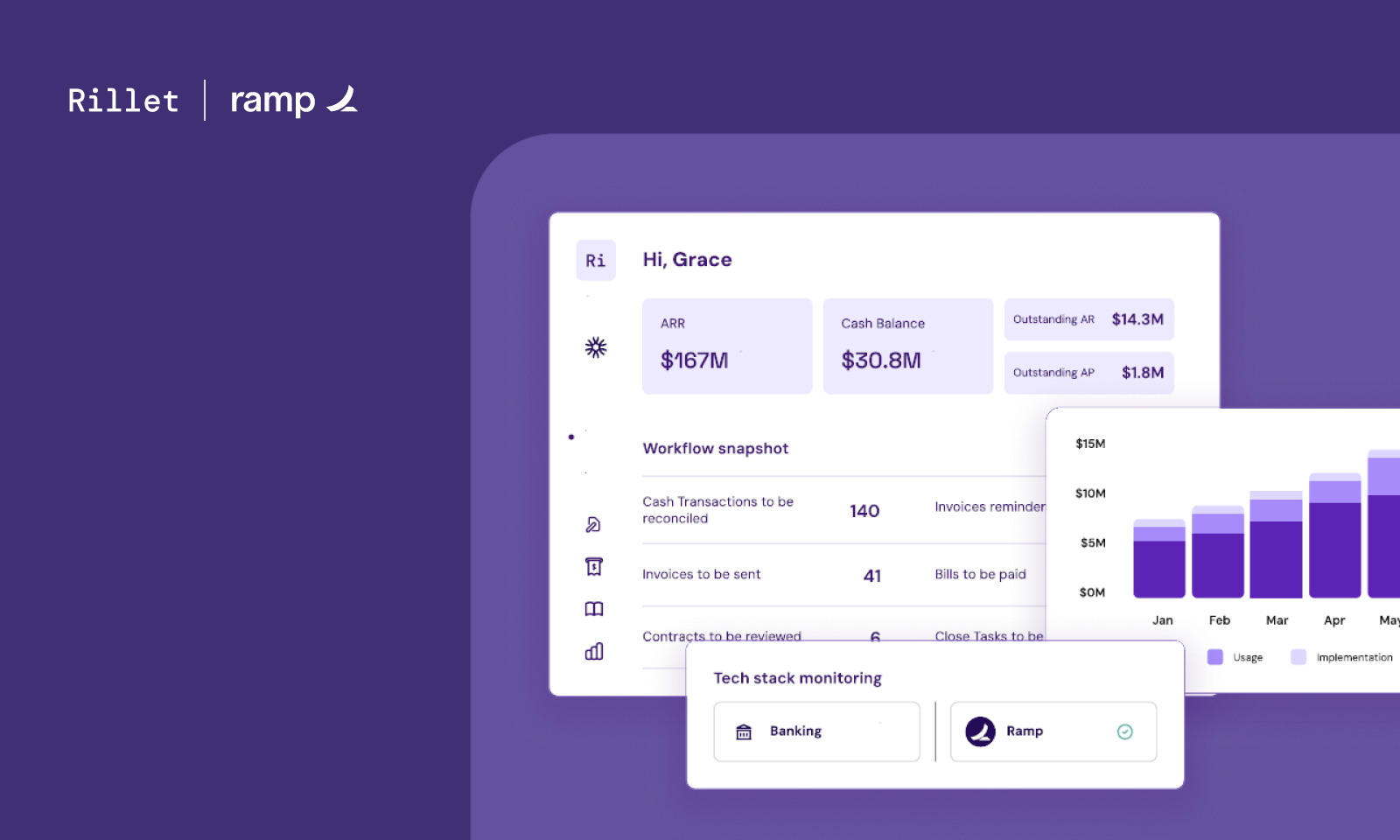How to actually shorten your book close cycle — achieve a 4-day close


How do you tactically cut your close time down from 14 to 4 days? It’s a mix between automation and shifting timelines.
Let’s say today your book close takes a full 2 weeks, in a bad month 1–2 days more, in a worse month you may even go a whole month without your financial statements completed. You’re on Quickbooks Online or Xero, use Salesforce or Hubspot, maybe Stripe, use one of the expense automation platforms like Ramp, Expensify and have a few supporting schedules in Excel.

Step 1: Automation
Most of the financial data input into the General Ledger can be automated today — yet a lot of finance teams spend the majority of their time manually tracking prepaids, fixed assets and deferred revenue by customer. 50% of that work can be cut by adopting the right software.
- Prepaid Amortization and Depreciation: Prepaid and fixed asset schedules should run natively in the General Ledger, yet legacy tools still require accountants to update and maintain Excel schedules each month. Use a General Ledger with these schedules embedded — so you can set it and forget it.
- Deferred Revenue & Invoicing: Record deferred revenue automatically based on (cleaned) CRM data and calculate your deferred revenue based on invoices.
- Stripe Payout Reconciliations: Stripe fees, credits and balances take up hours of time trying to break out from the batch payouts. Instantly record and reconcile these payouts in real-time to the individual customer level.
- Allocations: Redoing department and cost of revenue allocations adds days to the end of your close cycle just because of a change to the underlying data. Your reporting should automatically update allocations for you anytime you make a change.
There are many point solutions out there to help with automation, but every accountant knows that more systems just means more reconciliations which inevitably slows down close. If you want to genuinely automate your month end tasks, these automations have to be embedded in the General Ledger where all revenue, expense and cash numbers naturally intersect — no manual supporting schedules, no copy & pasting of CSV files, no reconciliation differences, everything ties out to zero.
Now you have cut your close time in half — from 14 to 7 days, good but not great. To get closer to a continuous close, you need to start shifting tasks from month end to during the month.
Step 2: Shifting Timelines
Now that you’ve automated your General Ledger entries, Step 2 in achieving the 4-day close is to shift tasks that traditionally must happen at month end, into the month. Since tasks like deferred revenue or Stripe reconciliations take a considerable amount of time, teams usually decide to produce their manual work only once a month. Understandable, but what if your software allowed you to have the data continuously available in the right format?
Here’s how the best companies shift their tasks to achieve a 4-day close.
- Continuous Revenue: A direct integration with your CRM allows you to get immediately notified of a new Closed Won deal. After a quick accounting review, record all future revenue and invoices, and reconcile deferred instantly instead of updating your Excel at the end of the month.
- A (great) Stripe Integration: A truly great integration with Stripe allows for balances, refunds and fees to be reconciled continuously as Stripe payouts come in, AR aging always being up-to-date, and also gives you flexibility to adjust as needed.
- Expense Management: Hundreds or thousands of credit card transactions and bills are processed each month. Choosing an expense management tool that syncs throughout the month to your General Ledger to the right accounts will prevent the need to do this at month-end.
- Real-time Allocations: Payroll instantly allocates to the right accounts and departments with a real-time sync, including complex cost of revenue allocations. If these are continuously updated, you never have to spend any close time on allocations.
If you and your team work on these tasks throughout the month, you have the heavy lift of your close done on day 1 of the new month. All that’s left now is to book your accruals and do a full financial review.
Summary
Automation of entries and reconciliations embedded in the General Ledger can take you from 14 to 7 days and shifting the month-end tasks to during the month (enabled by the same automation) will bring you from 7 to 4 days. The key is to **choose the right software**.
We’re Rillet, an accounting platform focused on software businesses. Try it out, go from bugging people for receipts to delivering real insights to the company.







